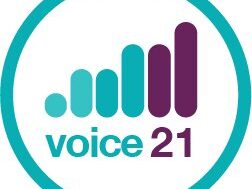Modelling writing in a primary lesson
As expert learners, the stages that we take in solving a problem or performing a skill are not always thought consciously. To support pupils, we need to make these stages explicit and demonstrate how expert learners engage in an ongoing cycle of planning, monitoring and evaluating. Barak Rosenshine (2010) suggests that pupils ‘need cognitive support to help them learn to solve problems’. This metacognitive modelling can take a variety of forms: worked examples; think alouds; live modelling; my turn, your turn; I do, we do, you do. Using any of these methods helps us to reveal the inner workings of an effective learner and demonstrates effective learning processes.
As you watch this video of classroom practice, consider how the teacher:
- Models key parts of an activity
- Breaks instructions into smaller steps, making these explicit
- Models the language they expect pupils to use
Whether you’ll be using modelling for the first time or you’re reviewing its use in your teaching, take some time to reflect on what the teacher has done, how they’ve done it, what they might have done differently, and how this might influence your own practice.
This video was developed in partnership with the Education Development Trust for the Accelerate programme. It may feature as part of materials on their Early Career Professional Development Programme starting in September 2020.


